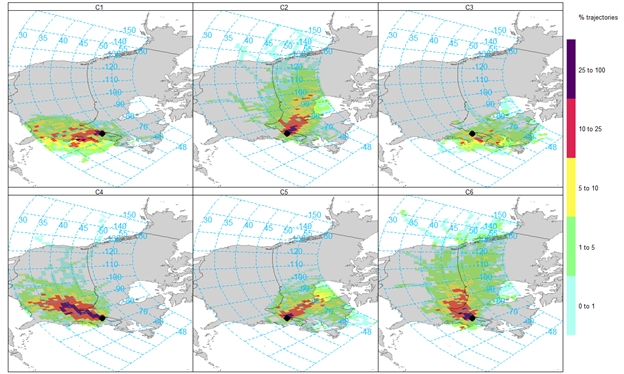|
Ongoing Field Projects:
|
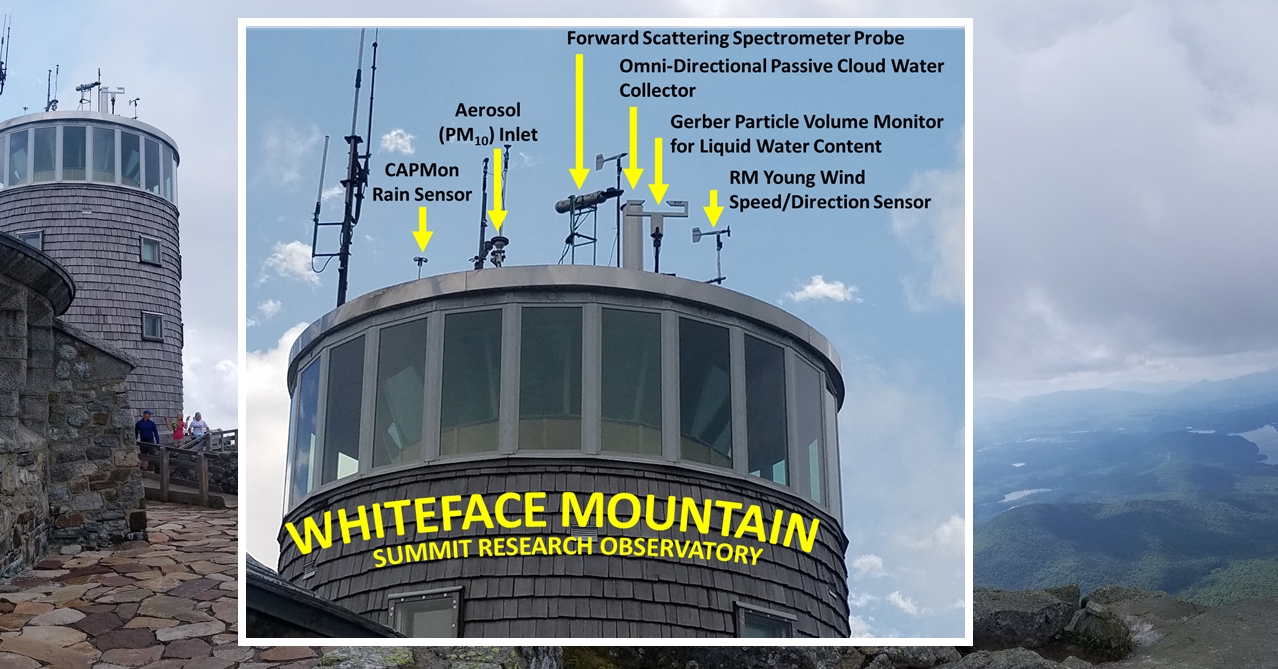
Aerosol-cloud-chemistry research at Whiteface Mountain
The primary research objective of the NSF CAREER grant awarded to Dr. Sara Lance is to test the hypothesis that chemical processing within boundary layer clouds contributes to secondary organic aerosol (SOA) mass. This research objective will be accomplished through a new measurement strategy at Whiteface Mountain (WFM), including chemical measurements of aerosols and cloud droplet residuals with a Particle-Into-Liquid Sampler (PILS) and a Ground-based Counterflow Virtual Impactor (GCVI). In conjunction with the bulk cloud water chemistry measurements, these new observations will enable a more complete real-time characterization of multiphase chemical processes occurring within clouds, especially in relation to the organic component, which dominates the aerosol and cloud water composition and has been increasing in both relative and absolute abundance.
|
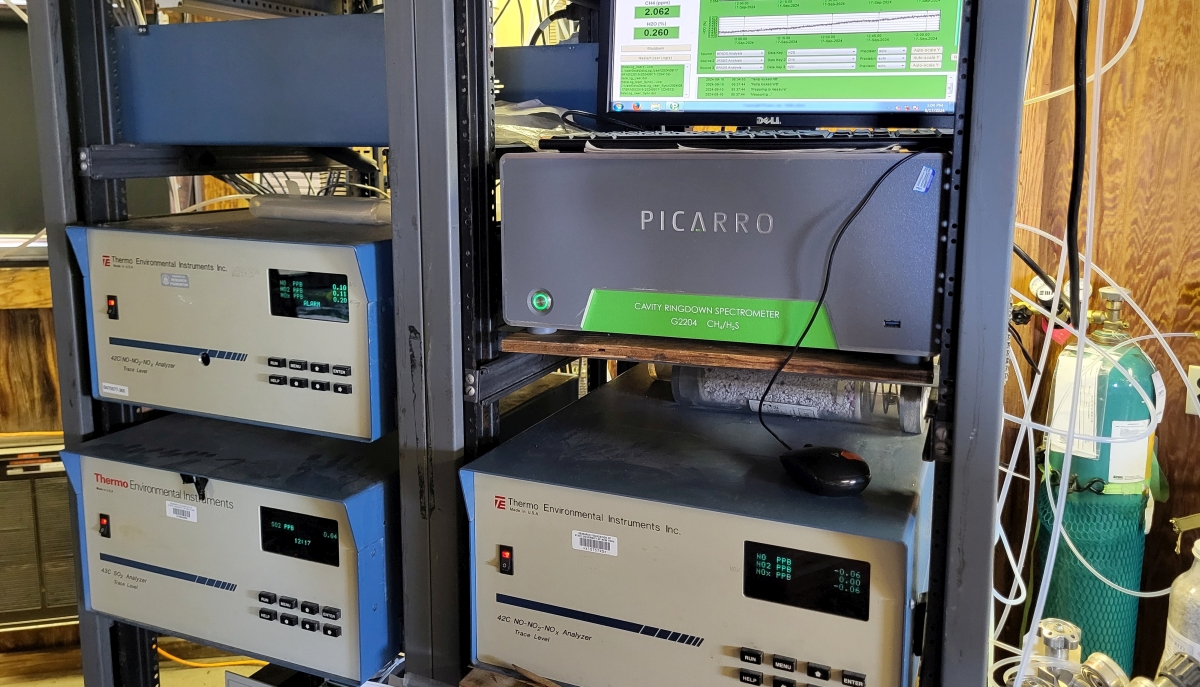
Air Quality Monitoring at Whiteface Mountain
2024-2026 NYSERDA grant
This project extends the long-term air quality monitoring at Whiteface Mountain for two more years, to the end of 2025.
These measurements have long been under the leadership of Dr. Jim Schwab, who retired from UAlbany in 2023.
For these two additional years, routine measurements of methane have been added at the summit, for comparison to methane and CO2 measurements conducted at the base site since 2018.
|

Cloud Water Chemical Monitoring at Whiteface Mountain
The long-term summertime cloud water composition measurements continue at Whiteface Mountain, supported by three different funding sources since 2018 when ASRC took over from
the Adirondack Lake Survey Corporation (2001-2017).
Since taking over this program, additional routine measurements targeting the organic constituents have now been added, because organic mass dominates cloud water composition in recent years.
|
|
Previous Field Projects:
|
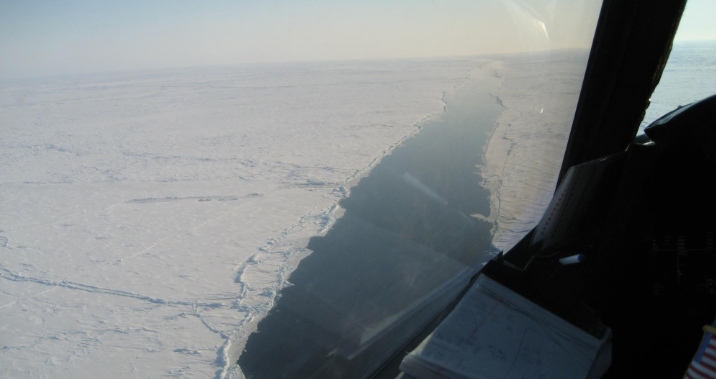
CHemistry in the Artic: Clouds, Halogens and Aerosols (CHACHA) Field Project
CHACHA is a collaborative project with researchers at Stonybrook University, University of Michigan, University of Alaska and Penn State. The goal is to improve understanding of atmospheric halogen chemistry in the gas, aerosol, and cloud water phases, and how that chemistry is impacted by Arctic sea ice loss and fossil fuel extraction. For this project, the University of Wyoming King Air will be deployed to the Arctic in spring of 2022. Clouds formed over sea ice leads will be a prime focus area, as a source of halogens to the Arctic boundary layer and as a pathway for chemical processing of aerosols and gases.
Overview presentation given at the 2023 AMS conference
|
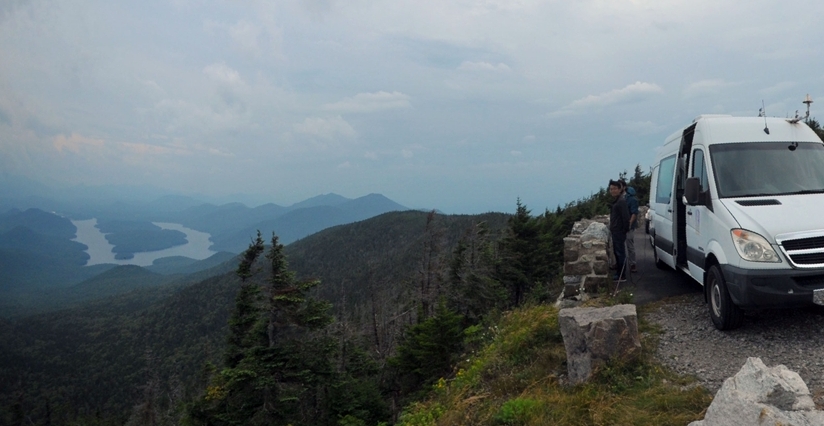
Chemical Processing of Organics within Clouds (CPOC) Pilot Study
The CPOC pilot study was conducted at Whiteface Mountain in August 2017. Aerosols were found to be comprised
primarily of organic compounds (78% by mass on average, Zhang et al. 2019).
Aerosol size distributions and interstitial aerosol measurements suggested that
cloud processing played a significant role in the aerosol physical and chemical properties (
Lance et al. 2020).
Lessons learned from the pilot study and strategies for more definitively identifying the influence of clouds on the aerosol composition are discussed in that paper.
|






